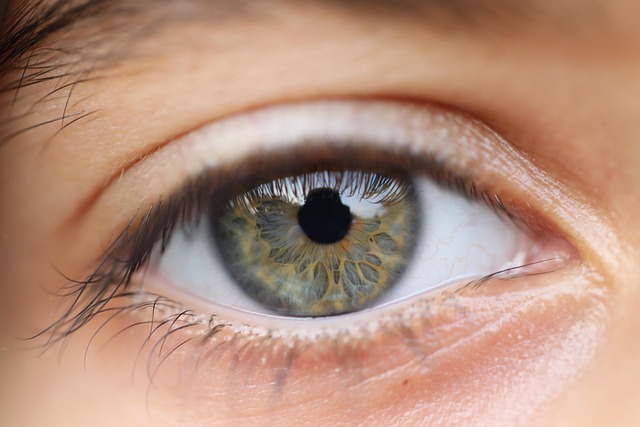The Science of Sight: Exploring Modern Philosophical Perspectives Through Phenomenology
In the intricate tapestry of human experience, sight is one of our most profound avenues of understanding the world. It has long been a subject of scientific inquiry and philosophical reflection. As we delve into modern philosophical perspectives through the lens of phenomenology, we not only explore the mechanics of vision but also the deeper implications of how we perceive and relate to our surroundings.
The Mechanics of Sight
From a scientific standpoint, sight begins with the physical act of light entering the eye and being converted into electrical signals that the brain interprets. But there is more to sight than just biology; it is an intricate interplay of perception, emotion, and context. This entry point bridges the gap between the physical and the experiential, inviting us to question how we truly see.” The phenomenological approach urges us to consider not just how sight functions, but how it shapes our interactions with the world.
Phenomenology and Perception
Phenomenology, a philosophical movement initiated by thinkers like Edmund Husserl and furthered by Maurice Merleau-Ponty, emphasizes the importance of experience and consciousness in understanding reality. In the realm of sight, this perspective invites us to reflect on our perceptual experiences as they occur in our daily lives. For example, when we gaze at a sunset, it’s not merely a collection of colors and shapes; it is a sensory experience intertwined with our emotions, memories, and thoughts. We do not just see; we interpret. We connect the visual with the emotional, situating ourselves within a larger narrative.
Modern Philosophical Perspectives
As we navigate through modern philosophical landscapes, we encounter a spectrum of views on the nature of sight. Thinkers like Martin Heidegger and Merleau-Ponty remind us that sight is not a passive reception of images but an active engagement with the world. The act of seeing is laden with meaning and intent, challenging us to consider how our perceptions are influenced by culture, history, and personal experiences. This intertwining of perception and existence elevates sight from a biological function to a profound existential act.
The Relational Aspect of Sight
One of the most captivating aspects of phenomenology is its emphasis on relationality. Sight is not an isolated experience but a gateway through which we engage with others and the world around us. When we see someone smile, for instance, it ignites a chain reaction of recognition, empathy, and connection. Through sight, we establish relationships and communicate our own emotions and intentions, weaving a complex web of interaction that is vital to our human experience.
Reflections in the Digital Age
Today, as we navigate a world saturated with screens and digital imagery, the significance of sight takes on new dimensions. We often find ourselves questioning the authenticity of what we “see.” This invites further inquiry into the nature of our perceptions, urging us to consider how technology shapes our understanding of the world and our place within it. Are we seeing or merely observing? Are our experiences genuine, or are they filtered through the lens of a digital interface? Modern philosophy challenges us to confront these questions, urging a deeper exploration of sight beyond the surface level.
In this melding of science and philosophy, we find that sight is not just a biological function but a rich, multifaceted experience that shapes our consciousness and existence. The exploration of sight through the lens of phenomenology opens avenues for deeper understanding, inviting us to engage more profoundly in our experiences and the relationships we build through our perceptions.



